Helping Students with Autism Navigate a Socially Distanced Classroom
Some well-planned strategies can help students with autism thrive as school resumes--even with social distancing measures in place.
 Photo by Michał Parzuchowski on Unsplash
Photo by Michał Parzuchowski on Unsplash
- 0 Comments
- Sep 29, 2020 10:00:00 AM
- Posted by Natalia Galvis
- Topics: Math, EdTech, STEM, Curriculum, Special Education, teachers, autism, students, Technology, VR, Edchat, Digital Technology, teaching, online, virtual learning, lessons, eLearning
Nine Ways Technology Can Boost STEM Learning
Across the nation, innovative programs are preparing students to enter the fields of science, technology, engineering and mathematics. These subjects, often called STEM, can open up new pathways to success in the 21st century workforce and also means new opportunities for students and teachers alike.
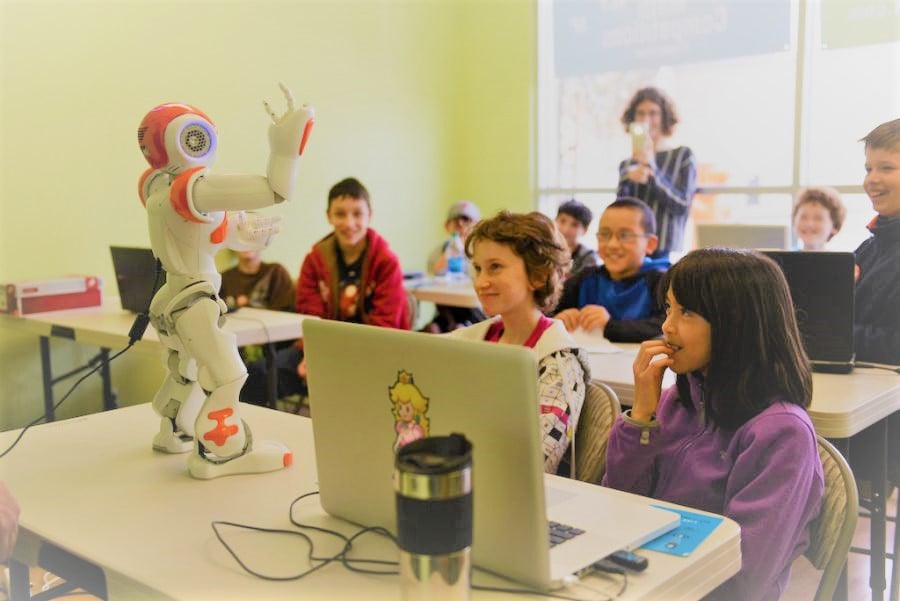
- 0 Comments
- Sep 28, 2020 10:00:00 AM
- Posted by Natalia Galvis
- Topics: Math, EdTech, STEM, Curriculum, teachers, students, Technology, VR, Edchat, Digital Technology, teaching, online, virtual learning, lessons, eLearning
A Vision for the Future of Virtual Reality in Education
Virtual Reality (VR) is slowly taking over our entertainment industry. But what are the implications for other areas of our lives, such as business, health, and even…education?
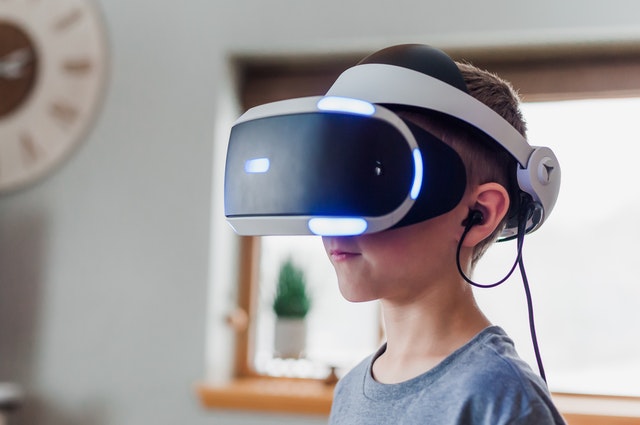 Photo by Jessica Lewis from Pexels
Photo by Jessica Lewis from Pexels
While the educational realm generally takes longer than anyone else to embrace new technology, VR brings many implications for the schools of tomorrow.
Here are some ways in which VR might change the face of education in the future.
- 0 Comments
- Sep 25, 2020 10:00:00 AM
- Posted by Natalia Galvis
- Topics: Math, EdTech, STEM, Curriculum, teachers, students, Technology, VR, Edchat, Digital Technology, teaching, online, virtual learning, lessons, eLearning
6 Questions to Improve Your Virtual Classroom
It can be difficult to gauge how effective your online instruction is—using surveys to gather regular student feedback can help.
 Photo by August de Richelieu from Pexels
Photo by August de Richelieu from Pexels
- 0 Comments
- Sep 24, 2020 10:00:00 AM
- Posted by Natalia Galvis
- Topics: Math, EdTech, STEM, Curriculum, Artificial Intelligence, teachers, students, Technology, Edchat, AI, Digital Technology, teaching, online, lessons, eLearning
7 Ways Artificial Intelligence Help Students Learn
The role of artificial intelligence in education is always a hot topic. While some fear that artificial intelligence will take over education to the detriment of students and teachers, others claim that artificial intelligence will revolutionize and improve education.
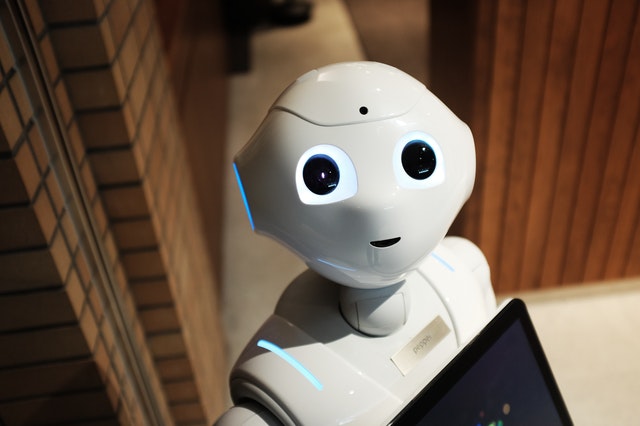 Photo by Alex Knight from Pexels
Photo by Alex Knight from Pexels
While we’re far from seeing robots in the classroom, artificial intelligence is making its way into education. Certain tasks can be made easier through the use of artificial intelligence. Grading, for example, can be done quickly and easily using artificial intelligence. The most important way that education will transform education is by simply helping students to learn. In this piece, I will discuss 7 ways that artificial intelligence helps students learn.
- 0 Comments
- Sep 23, 2020 10:00:00 AM
- Posted by Natalia Galvis
- Topics: Math, EdTech, STEM, Curriculum, Artificial Intelligence, teachers, students, Technology, Edchat, AI, Digital Technology, teaching, online, lessons, eLearning
What Do Parents Think of Online Learning?
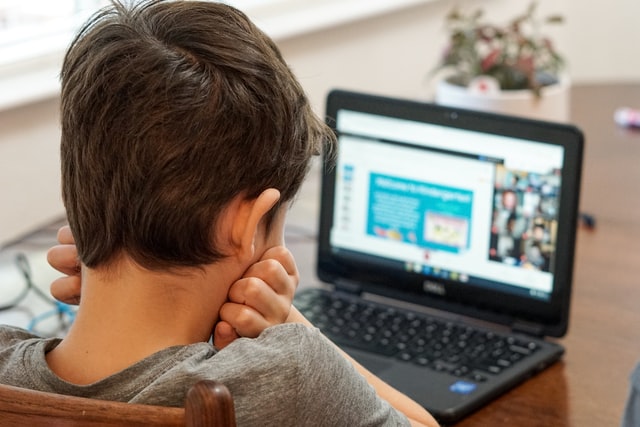 Photo by Thomas Park on Unsplash
Photo by Thomas Park on Unsplash
If it wasn't for online learning, many school districts might well be entirely dark this fall. But that doesn't mean parents don't have concerns about online learning.
- 0 Comments
- Sep 22, 2020 10:00:00 AM
- Posted by Natalia Galvis
- Topics: Math, EdTech, STEM, Curriculum, teachers, students, Technology, Edchat, Digital Technology, teaching, online, lessons, eLearning
How to Better Engage Students in Online Math Classes
Math teachers will likely need to shift teaching methods to help students thrive during distance learning. These ideas can start the process.
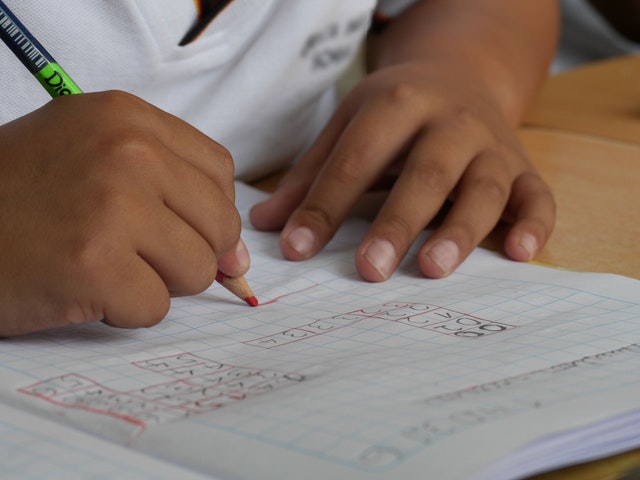 Photo from https://www.pexels.com/
Photo from https://www.pexels.com/
- 0 Comments
- Sep 21, 2020 10:00:00 AM
- Posted by Natalia Galvis
- Topics: Math, EdTech, STEM, Curriculum, teachers, students, Technology, Mathematics, Edchat, Digital Technology, teaching, online, lessons, eLearning
Tips for Teaching Robotics Remotely During COVID-19
The world has changed in 2020. Due to the COVID-19 pandemic, all of our in-person social interactions have been reduced. This has led to closing universities and students learning remotely online.
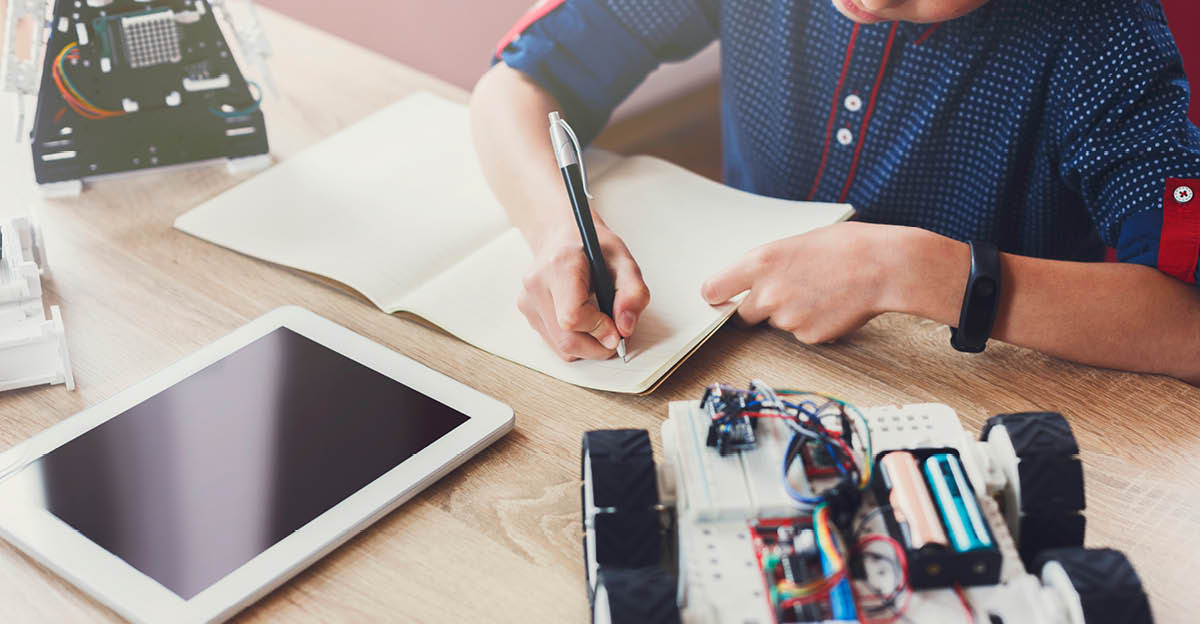
You can teach almost any subject online, but teaching some subjects will be more difficult than others. For instance, you can remotely teach medical students about lung illnesses, but part of this education comes from interaction with sick people. That is very difficult to provide through online teaching.
In robotics, something similar happens. If you want to teach robotics properly, you need to use a real robot. So how can we teach robotics online and provide a full learning experience?
- 0 Comments
- Sep 18, 2020 10:00:00 AM
- Posted by Natalia Galvis
- Topics: EdTech, STEM, Curriculum, teachers, students, Technology, Edchat, Digital Technology, teaching, online, lessons, eLearning
Blended Learning: How Parents can be Involved in the Move
 Photo by Julia M Cameron from Pexels
Photo by Julia M Cameron from Pexels
Much has been said about helping teachers and students adapt to the accelerated shift to blended learning that the pandemic forced upon them, but the current discourse sometimes forgets that education is a three-way street that involves not only students and educators, but families as well.
Learners of any age perform demonstrably better in traditional school when parents or guardians follow and support their path to education and present a united front with their teachers. Why should it be any different for blended learning?
Families, however, may be diffident or confused in the face of a form of learning so far outside of their own experience. This is a natural reaction: change can frighten anyone, and parents are only human, after all. That is why if they wish to be supportive, families need support in turn. Here are some ways parents can stand by their children’s side in their new blended learning adventure.
- 0 Comments
- Sep 17, 2020 10:00:00 AM
- Posted by Natalia Galvis
- Topics: EdTech, STEM, Curriculum, teachers, students, Technology, Edchat, Digital Technology, teaching, online, lessons, eLearning
RobotLab and MOVIA Robotics Are Proud Suppliers Of Robot-Assisted Instruction For Special Education
Hello, everyone, my name is Elad Inbar. I'm the CEO of Robot Lab, and today I want to talk to you about a solution that we are bringing to the schools for special education.
- 0 Comments
- Sep 16, 2020 3:30:00 PM
- Posted by Natalia Galvis
- Topics: EdTech, STEM, Curriculum, Special Education, teachers, autism, students, Technology, Edchat, Digital Technology, teaching, online, lessons, eLearning
Relevant Posts
Popular Posts
Subscribe to Email Updates
-
I Want To Learn MoreADDITIONAL INFORMATION


